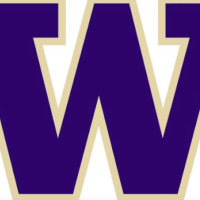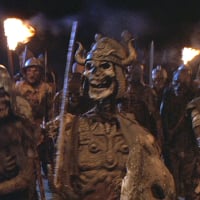Welcome to the Hardcore Husky Forums. Folks who are well-known in Cyberland and not that dumb.
Pole on Religion (lulz)

Swaye
Moderator, Swaye's Wigwam Posts: 41,750 
in Tug Tavern
Which one of the following best describes you. No write-in's fags. ATFQ


Pole on Religion (lulz) 29 votes
Hindu (@DerekJohnson)
0%
Comments
-
MuslimAnd I am ANGRY
-
Practicing or non-practicing Catholic
The validity of my pole is now in question.RaceBannon said:And I am ANGRY
-
Practicing or non-practicing Protestant

-
Practicing or non-practicing CatholicA Catholic man and a Protestant man walk into a bar, and then @dnc and I fuck.
-
Practicing or non-practicing CatholicWhere my other Catholics at? Shit, I can't be the only one who is part of an organized molestation cult!
-
Some Asian Shit (Taoist, Buddhist, RoadDawgism, etc.)I went to church camp once because my friend said there were hot girls there
But I have a little bonsai tree in my office -
Practicing or non-practicing Catholic@GrundleStiltzkin is with me.
-
Practicing or non-practicing Catholic
We! are the bulwarks against these heretics.Swaye said:@GrundleStiltzkin is with me.
-
AthiestCulturally speaking, I identify as mainline Protestant atheist.


























